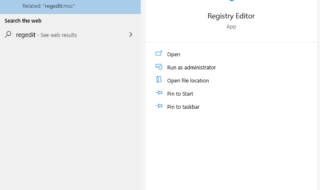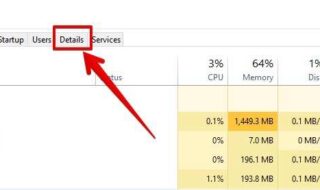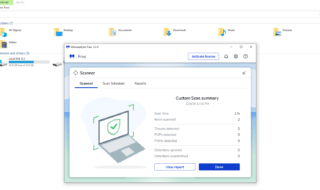A lot of software developers think, why is there a need to come up with a CV. After all, is it not possible to check all the skills or take a look at the projects on a cloud-based code hosting platform. But, unfortunately, it is not possible on all occasions to go for a program out of everything.
According to a recent survey of nearly 1000 technical job providers, close to 75 per cent of the applicants are rejected because of their CVs. So, even though a person may get hired without a CV, such odds may not work out on all occasions.
Without going much into a lengthy introduction, let us get started with how to come up with a good enough professional CV for a software developer.

Figuring Out The Appropriate Resume Format
For those who are in the front line of digital innovation, it is evident that the preference will be for a format that is more skill-based.
It is so since, as a software developer, technical skills are the priority while recruiting. Therefore, a skill-based resume reflects the specific skillset of a software developer, thereby making it easy for the recruiting person to evaluate the CV and check if the applicant can be aligned with whom they might be looking for.
However, there is no such rule that the individual must stick with a skill-based CV format since someone is a software developer. If the work experience is phenomenal enough. Then, by all means, there has to be a chronological style that can help to highlight the work experience above everything else.
Irrespective of the CV format, being a software developer, it is crucial to highlight the technical abilities throughout the CV adequately.
Standard Resume Sections
Since you now have a basic idea of what a resume format should be like. Given below are some tips for writing a standard resume section by section. Let us first begin with the standard sections that are there in every software developer CV:
- Personal Information.
- Summary Of Objective or Resume Summary.
- Work Experience.
These are the basic sections and are found in almost all CVs since these sections reveal the essential information that most recruiters look for.
Although the information can be included in several ways, not having them can lead to the CV getting rejected, especially if an ATS (Automated Tracking System) is in place. Additional sections are optional, but they can give the resume an extra kick if appropriately added. Let us dig deep a bit to understand these basic sections better:
Personal Information
It is a pretty straightforward section. It is usually at the very top of the resume and contains contact information. It is also the section where the details of any cloud-based code hosting platform are included. However, it must be ensured that the information is substantial enough. If not, it will be a complete waste. Always keep in mind that you will be judged based on such information. So, be very careful about it.
Remember that recruiters do not have a lot of time and most likely will not be able to dig much. Also, they may not be technical enough to do so. Therefore, if they miss the fantastic part of your CV, you miss the opportunity to get recruited too.
Summary Or Resume Objective
Writing a resume objective has gradually become less relevant. It has happened since it mainly concerns what sort of career an individual expects and not much about what the individual can offer to the employer.
Instead of that, opt for a resume summary. It helps, especially if a software developer is contemplating any career change or anything essential or unique to highlight.
It gives the scope to highlight unique skills and other achievements properly. In addition, a resume summary helps to compel a recruiter to read more about an applicant. Hence, it should be added only if there is any merit.
Skills
Recruiting managers focus a lot on specific technical skills since these are necessary to perform a specific task. However, the best approach is to research the job description and accordingly structure the skills thoroughly.
Experience
The is the meat and bone of a software developer CV. The work experience must be laid out in reverse chronological order. The most recent role should be at the very top.
Education
It is the most critical part. If you happen to be a fresh software developer, then this portion must be at the top. However, if you are seasoned, then this section would take a back seat.
Try and limit the CV to just a single page. You may add a cover letter if you want. Do proof-read and edit the CV. It is best if the CV is forwarded during off-peak hours.



